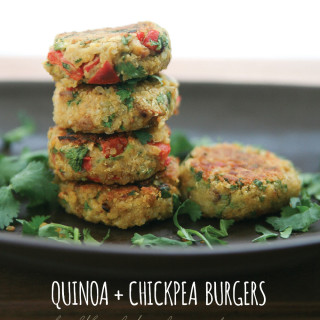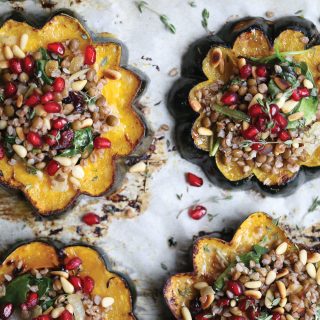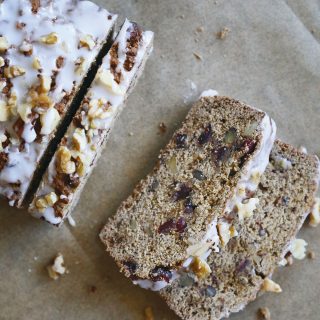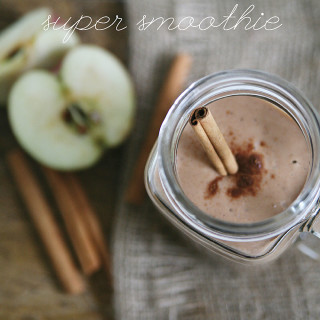Do you find that nutrition and healthy foods just seem too confusing sometimes? How is the average person out there who is just looking for healthy food supposed to figure it all out…?
The vitamin and mineral info for every single food out there is a lot to take in and understand. From Vitamin A to Zinc, Magnesium, Iron how to find it and how much to eat can certainly be overwhelming.
Here is how you can simplify all this info
– Read the Nutritional Info labels!
Companies are enforced to spend tons of money to have these slapped on their products before they hit the shelves – and they do it for a reason. So you, the consumer knows what you’re eating.
Every product needs to go through Food and Drug regulations and nutrition analysis is performed by two main methodologies, database and laboratory analysis, or both. This is at least what happens in Canada.
Database analysis describes the process by which nutrient amounts are calculated through a combination of specific and generic ingredient information as well as processing and formulation information. The main advantage of database analysis is its low cost and fast turn-around.
Laboratory analysis refers to the chemical testing of food samples by lab professionals. Laboratory analysis are performed by multiple Canadian laboratories. Multiple representative samples should be tested to obtain the most accurate results. Laboratory analysis give an accurate representation of the nutrient information for tested samples. This method requires a chemical test for each nutrient to be run so labour costs can be high. Laboratory analysis usually fall in the price range of $800-1200 CDN.
Nutrition Facts information is shown according to serving size, generally in metric units and units such as cups or teaspoons or fractions of the package – usually how the food item would be served. Then the label is broken down to nutritional facts and daily value you should eat of that nutritional food group.
How to use the Nutrition Facts information food label:
Calories (daily value is approximately 1500-2000 calories)
Total Fat (keep these to a minimum)
Saturated Fat (these are animal and vegetable products also – vegetable fats are good for you, such as coconut oil, olive oil and even chocolate ;))
Trans Fat – are very unhealthy and contribute to heart disease by raising levels of LDL cholesterol and lowering the ‘good’ cholesterol HDL
Cholesterol (regular intake is 200–300 mg)
Sodium (keep these to a minimum)
Total Carbohydrates
Dietary Fiber
Sugars (6-15 grams is a healthy consumption)
Protein (approx. 15 grams is one serving – serve three times a day)
How to use the Nutrition Facts labels in Real Life?
When you’re out shopping, do flip to the nutrition label and READ it! Calculate the value of certain foods that you will combine.
Foods that don’t require labels, such as produce, it’s hard to know what the nutritional value is in that food – example spinach. A great tip to find out, is to visit the frozen food section, (because all packaged foods including frozen foods) require labels, this will be a great guide. Take a bag of frozen spinach and familiarize yourself with the nutrition info based on the packaging there.
This is a great way to simply familiarize yourself with nutritional info in the foods you purchase. Limit the nutrients on the top section, Get enough of the nutrients on the bottom. If you find you’re purchasing foods that have little nutrition of vitamins and minerals and are high in sugar, cholesterol, and trans fat – stay away!
ps. this is based on Nutrition Facts labels in Canada, but quite similar in the USA. Nutritional Facts labels may be different or not applicable in other countries.
Do you turn the packaging over and read these labels on a regular basis?
Is there something that is still puzzling? Let me know in the comments if you have any questions.







I read those labels like an addict. But then, I like to read everything! The less ingredients the better, right! :)
Oh yes I read every little detail also ;D xo